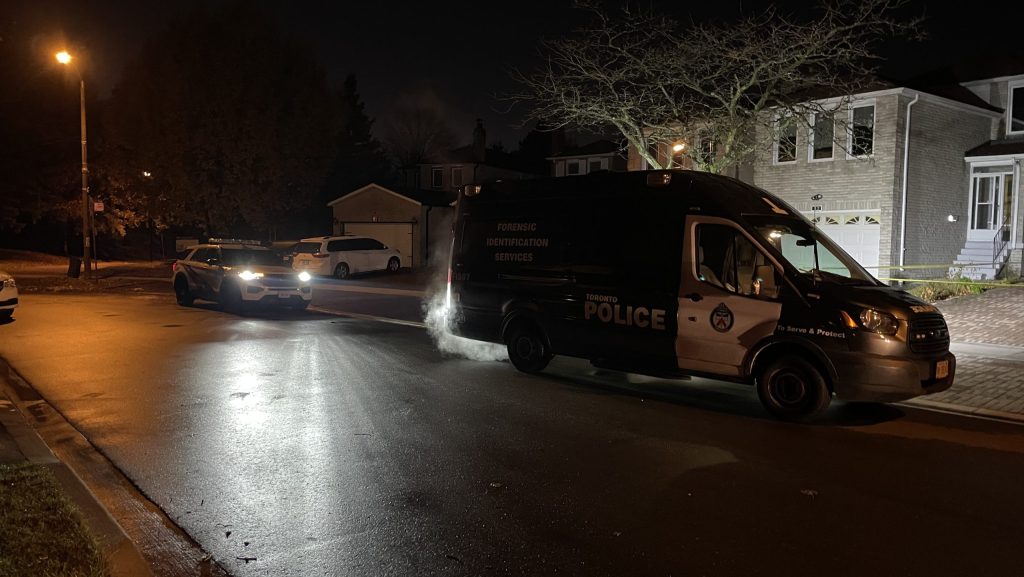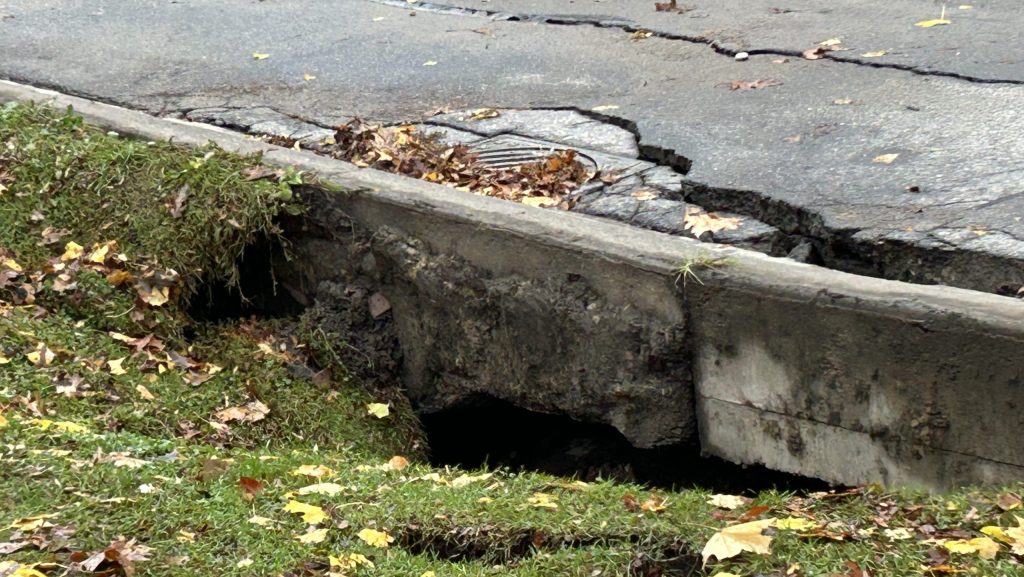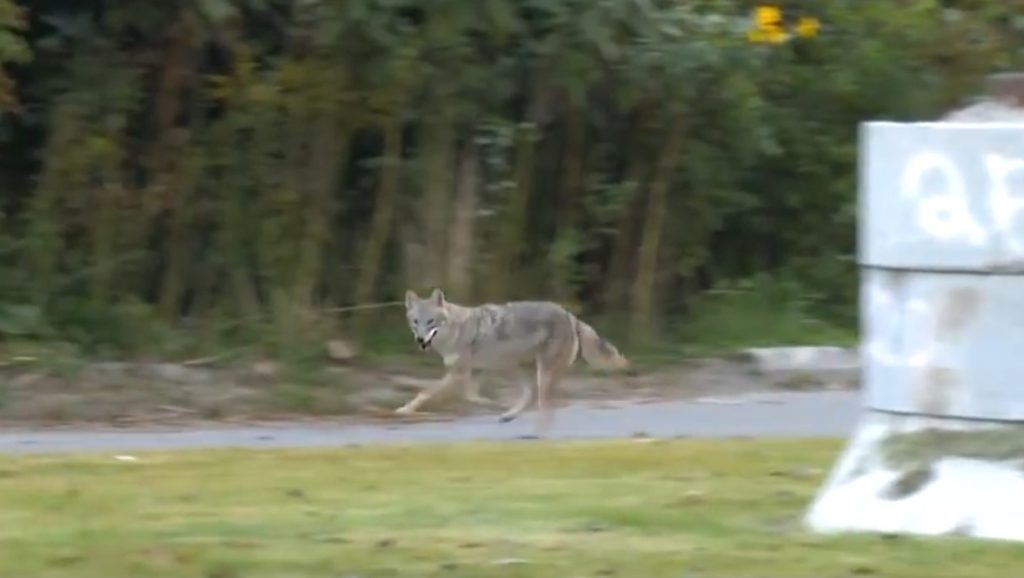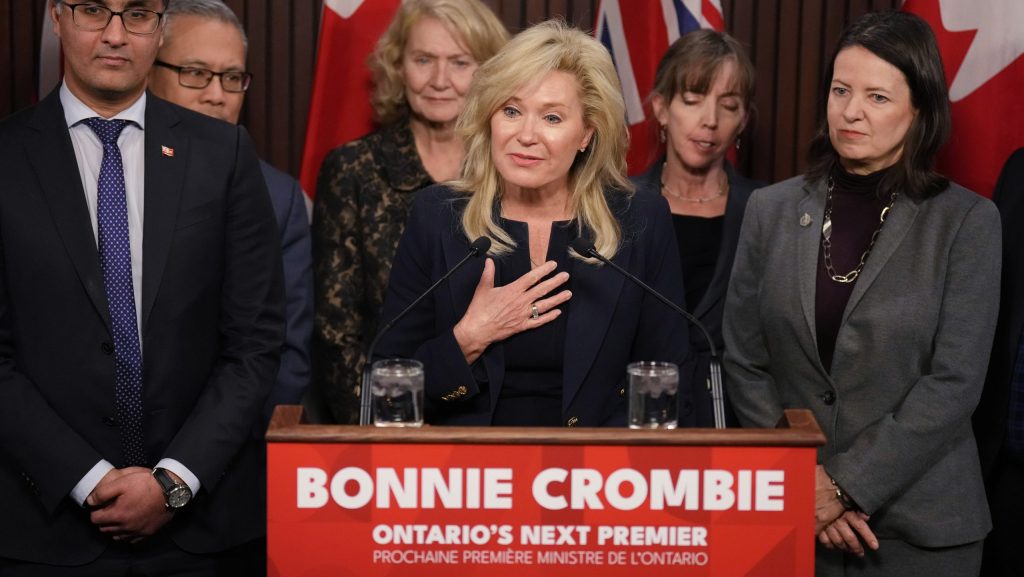Richie Mehta’s ‘Delhi Crime Story,’ based on 2012 rape case, set for Sundance
Posted January 21, 2019 4:57 pm.
This article is more than 5 years old.
TORONTO — Indo-Canadian filmmaker Richie Mehta says his new seven-part drama series, about a fatal 2012 gang rape case in Delhi, has probably been “the toughest professional experience” of his life.
“Probably personal, too,” the writer-director added in a recent phone interview from Toronto, noting he’s been working 18-hour days for the last six weeks to finish “Delhi Crime Story.”
Making its world premiere at the Sundance Film Festival, which begins Thursday, “Delhi Crime Story” is based on real events surrounding the case of medical student Jyoti Singh.
The 23-year-old was raped and beaten by six men for hours on a moving bus she was on with a male friend in the capital city. She died two weeks later as a result of horrific injuries sustained in the attack.
Mehta’s series looks at the obstacles facing the under-resourced police officers who worked on the case, particularly a deputy female commissioner who led the investigation to catch the six accused gang rapists.
The series explores issues of corruption and “pervasive cultural misogyny” and asks: “In a country with a history of denial and victim blaming, is due process possible?”
“Things I’ve been dealing with my whole life in the work, it all came together in this,” said Mehta.
“Not only the issues on the surface of women’s rights and safety and patriarchy and what led to that kind of intense violence — all those things which were very much on the forefront of the discourse — but other things like the class system and the entrenched leftovers from not just the British but kind of a 3,000-year-old tradition of isolation, segregation in society, gender biases …. infrastructure in society, how things are set up in an overpopulated environment.”
The first two instalments of “Delhi Crime Story” will screen at Sundance’s Indie Episodic section, starting Jan. 29, and Mehta said producers are shopping the entire series around to networks and streaming services.
Sundance will also feature the Canadian short documentary “Throat Singing in Kangirsuk,” by teenage Indigenous filmmakers Eva Kaukai and Manon Chamberland, who also star in it.
Mehta, whose previous films include the 2007 autorickshaw driver story “Amal” and the 2016 documentary “India in a Day,” came into his project in 2013, after speaking with a retired Delhi Police commissioner as part research for a separate project.
The commissioner, who was a family friend, suggested Mehta instead do a film on the officers involved with the Singh case and vowed to introduce him to the right people and legal documents if he was interested.
“I said, ‘I don’t think it’s my story to tell. I think it should be told by a Delhi filmmaker locally and I think it should be a woman who tells it,'” recalled Mehta, who hails from Mississauga, Ont.
“And he goes, ‘No no no, I’ve seen your work, I think it should be you.'”
Mehta then read the documents and met with the cops involved, including Chhaya Sharma, who was the deputy commissioner of police in the South District in Delhi during the case.
Actress Shefali Shah stars in the series as a character based on Sharma, whom Mehta calls the “most exceptional woman” he’s ever met.
“When you speak to all these cops and you see their point of view, you realize … they’re all human beings,” Mehta said.
“The cops I dealt with were very much trying to do the right thing.”
Mehta promised the police officers and the victim’s parents that the project would in no way depict the crime.
He initially wanted to make a feature film but “it just got too big,” so he turned it into a seven-episode series that he wrote and directed himself.
Mehta shot on a tight timeline in Delhi and North India at the real locations, and during the same winter months surrounding the case.
Besides himself and cinematographer Johan Heurlin Aidt, the rest of the crew members and all of the 209 actors were from India.
Mehta wanted to “show in very forensic and exacting detail what happened,” he said, and felt that dramatizing the story was the best way to “be as truthful as possible.”
“If I do a documentary, they’re going to tell me certain things that I want to hear, they’re going to be very standoffish on certain points, because they’re then accountable on camera, those kinds of things,” he said.
“But if they just tell me the information and I take it and recreate it, it’s probably 100 times more work for me but at the same time it will be a more truthful representation of what happened.”
Victoria Ahearn, The Canadian Press








